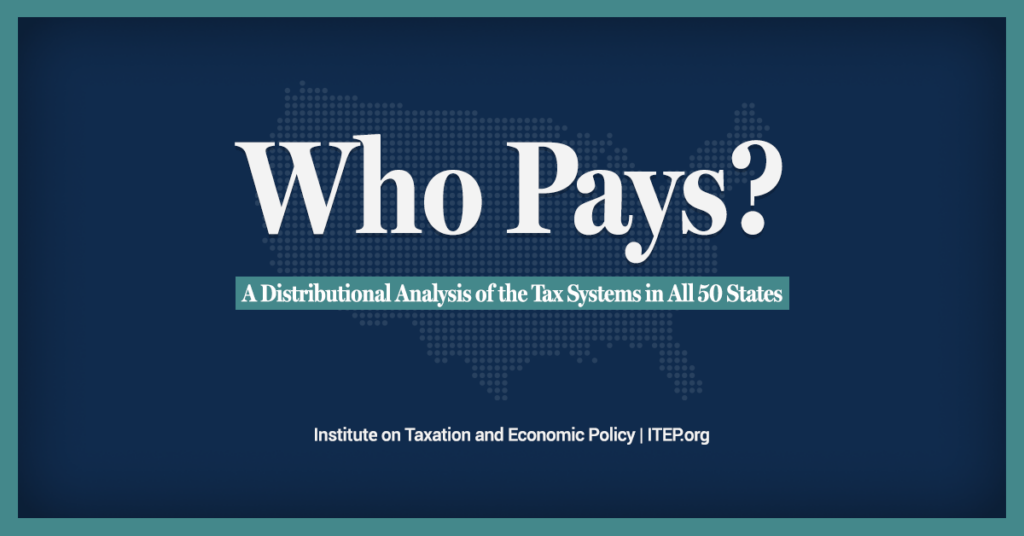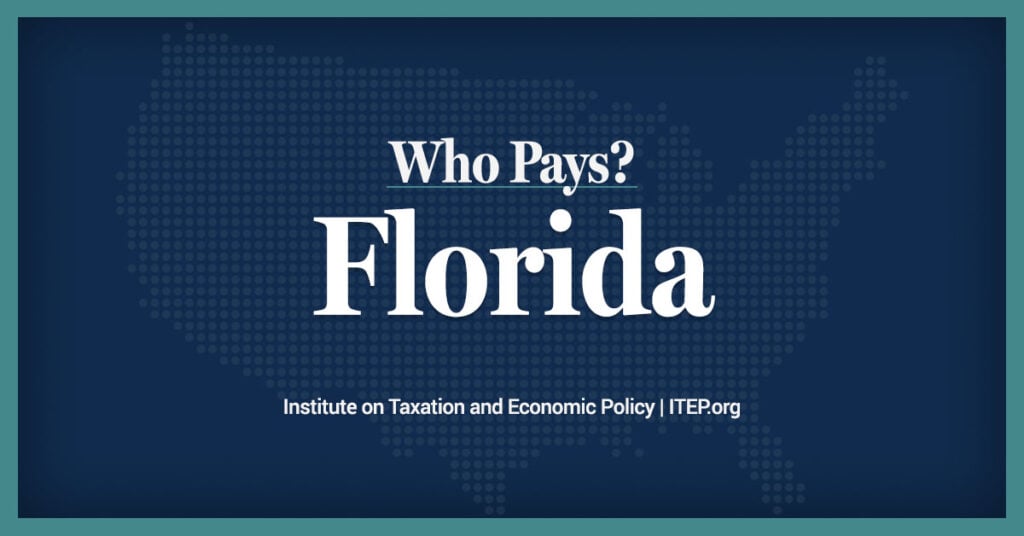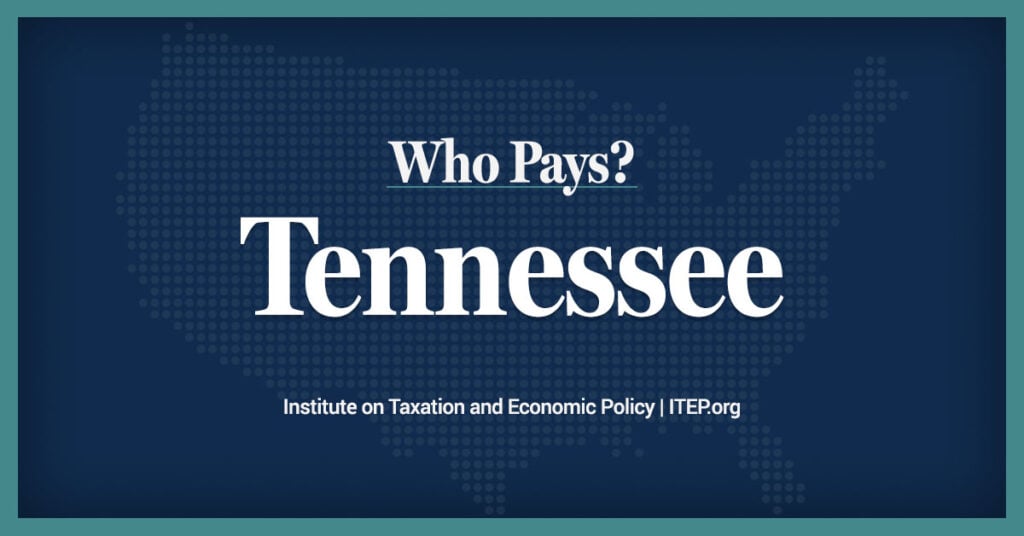This op-ed originally appeared in The Hill.
It’s hard to go a week without seeing a politician or a news article hype up a state as the place that everyone is moving to – or should move to – because of low taxes. However, there’s a big problem with these proclamations: they aren’t true.
In reality, the states that get the most attention – like Florida, Tennessee, and Texas – have low taxes only for the wealthy. These states have average taxes for middle-class families, and levy some of the highest rates in the nation on low-income and working-class families. That’s because their state tax codes are regressive, or upside-down, meaning those who have the highest incomes pay the lowest share of that income in taxes, and vice versa. That’s one of the important takeaways in our recent Who Pays? study, which is the only 50-state analysis of how state and local tax codes affect families across the income scale.
Let’s start with Florida. Despite its reputation as stealing away hordes of people from Northeastern states with its low taxes (ever heard of the weather and a thousand miles of coastline?), Florida features low taxes only for those at the top of the income scale, with the lowest effective tax rates reserved for the wealthiest 1 percent of households. The state’s lowest-earning 40 percent of families, on the other hand, don’t only pay the highest tax rates in the state – they pay higher taxes than the national average for the bottom 40 percent of earners, and higher than low-income families in many states that are typically known as “high-tax,” including California, Massachusetts, and New Jersey.
In fact, Florida has the dubious distinction of being the worst state in the country when it comes to tax fairness, according to our study. That means its tax code worsens income inequality in a more dramatic way than any other state’s. It’s no wonder why, since the lowest-income 20 percent of families pay a tax rate nearly 381 percent higher than the wealthiest.
The stories in Tennessee and Texas are not too different than in Florida. These states, too, reserve their lowest tax rates for the wealthiest 1 percent and their highest rates for the poorest families. Tennessee’s tax code is the 3rd worst for inequality in the nation, while Texas’ is 7th worst.
So apart from being hyped as low-tax havens, what do Florida, Tennessee, and Texas have in common?
Like most of the states that our study finds are worst for inequality, they all lack a personal income tax. That alone is the biggest driver of an extremely uneven tax system that asks those with the least to pay the most. Of the 10 states with the most regressive tax codes, six lack a personal income tax, while two have an income tax with a flat rate.
The lack of an income tax has two major effects on state tax codes.
First, it forces state and local governments to rely more heavily on other types of taxes – most frequently sales or excise taxes – to raise the money required to pay teacher salaries, ensure roads and bridges don’t fall into disrepair, and pay for all our shared priorities. Sales and excise taxes are extremely regressive, requiring a larger share of income from low- and middle-income families than from wealthier families because wealthier families spend much smaller shares of their income than the rest of us.
Second, the personal income tax – in particular, a graduated tax with rates that rise as income rises – is the biggest progressive tax that a state can levy, the one most based on the ability to pay. Without it, not only do states have to rely more heavily on other regressive taxes, but they also cannot even out the total tax distribution with the income tax’s progressivity.
While these “low-tax” states are exacerbating inequality, there are a number of states that are doing the opposite and stoking opportunity for all by creating a fairer tax system. In states like Minnesota and Vermont, for instance, progressive, graduated rate income taxes are paired with robust policies for workers and their families like the Child Tax Credit and Earned Income Tax Credit to ease the reliance on regressive sales taxes and create a system that is based more on the ability to pay.
As our in-depth analysis of state tax systems makes clear, whenever you hear about a state having low taxes, it’s important to ask the simple question: “low tax for whom?” More often than not, the answer will be “the rich” – but as many other states have shown, it doesn’t have to be this way.





